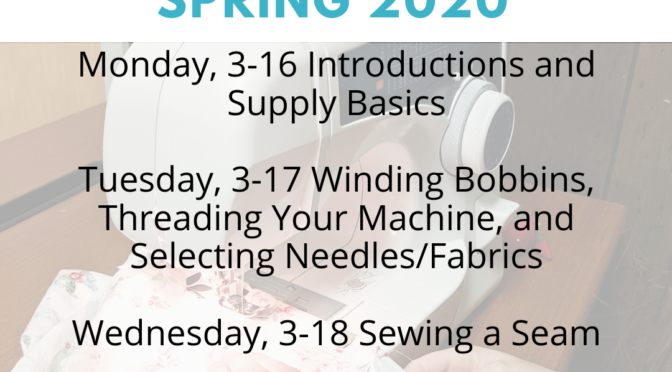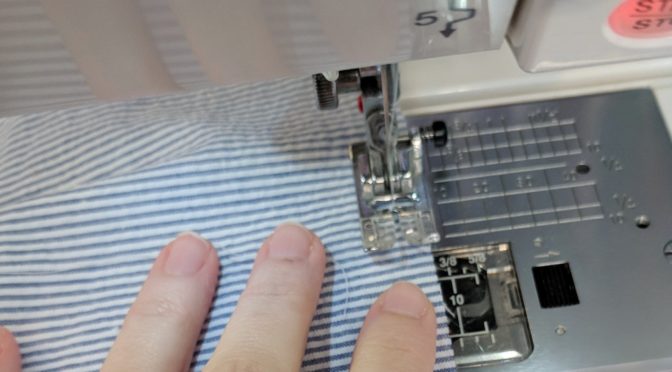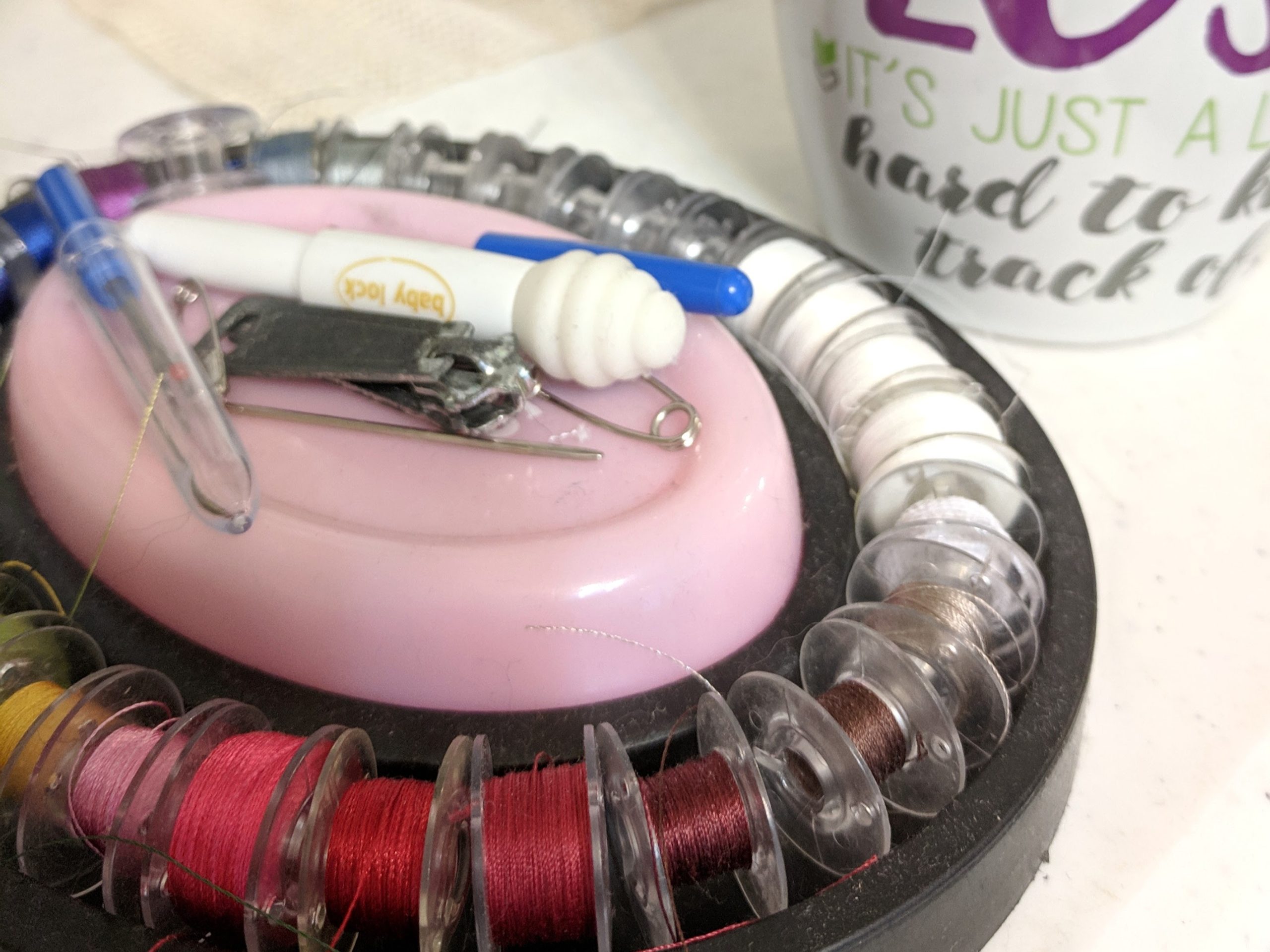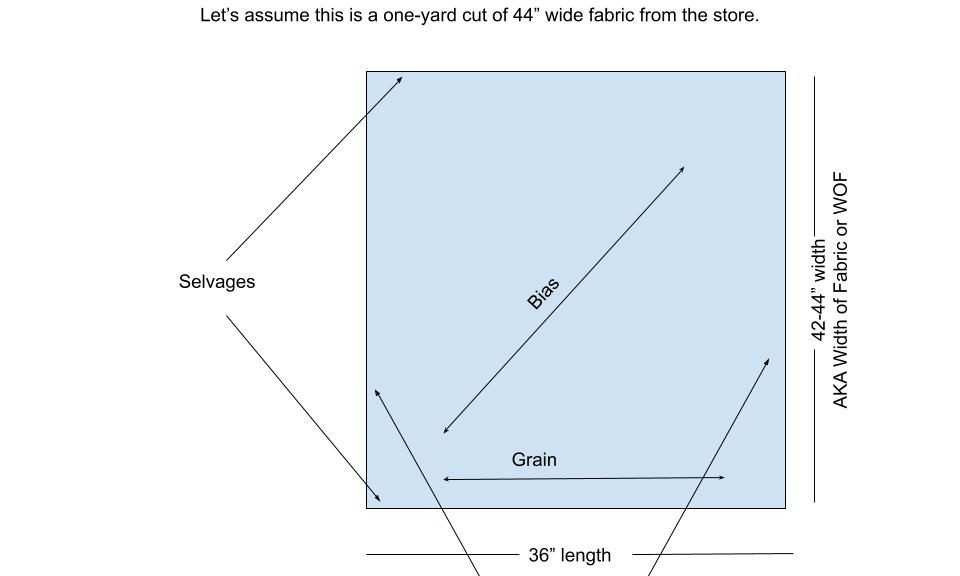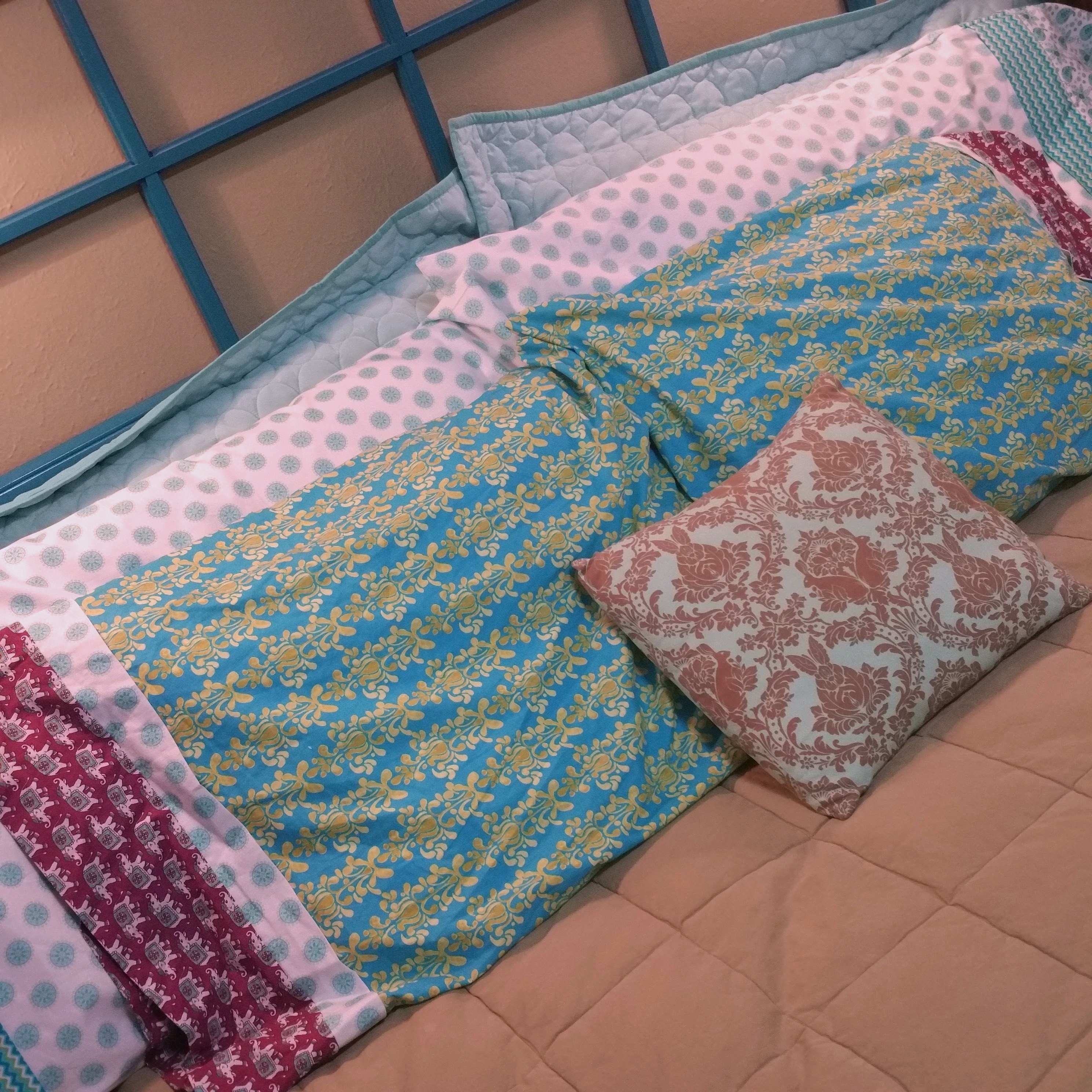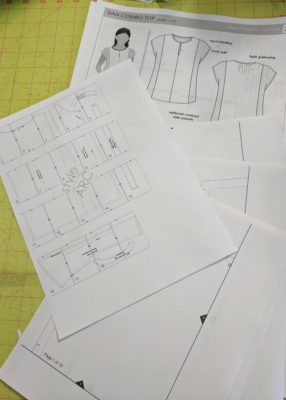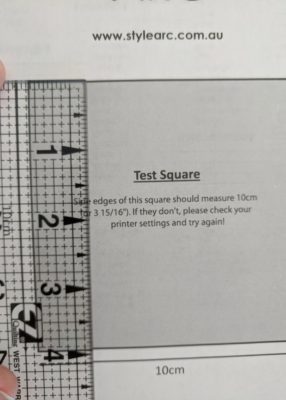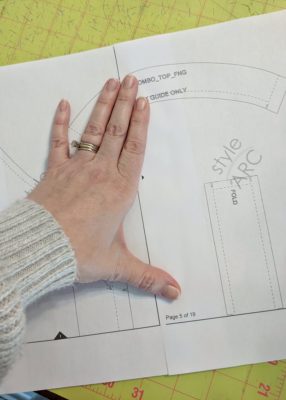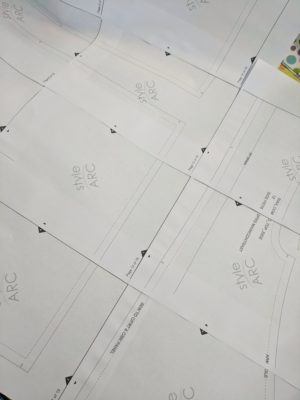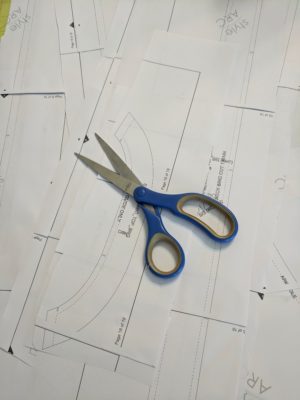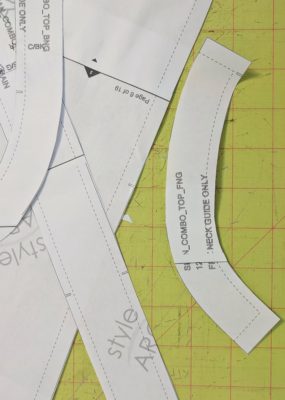Piece #2 in my fall wardrobe capsule is complete: Style Arc’s Diana Top.
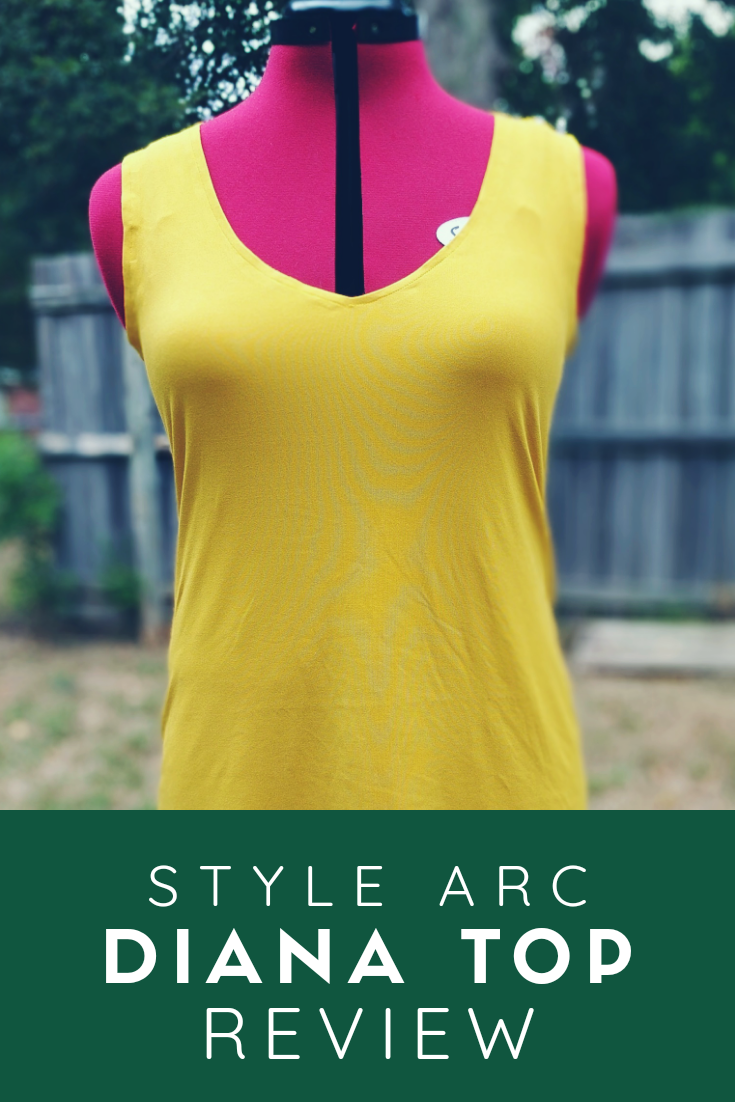
Fall in the South means hot, hot, hot weather until at least October. But I’m jealous of all y’all wearing beautiful fall colors. So, when I was thinking about a fall capsule wardrobe, I wanted lightweight tops in beautiful fall colors. Enter a piece of mustard DBP in my stash and the Diana Top.
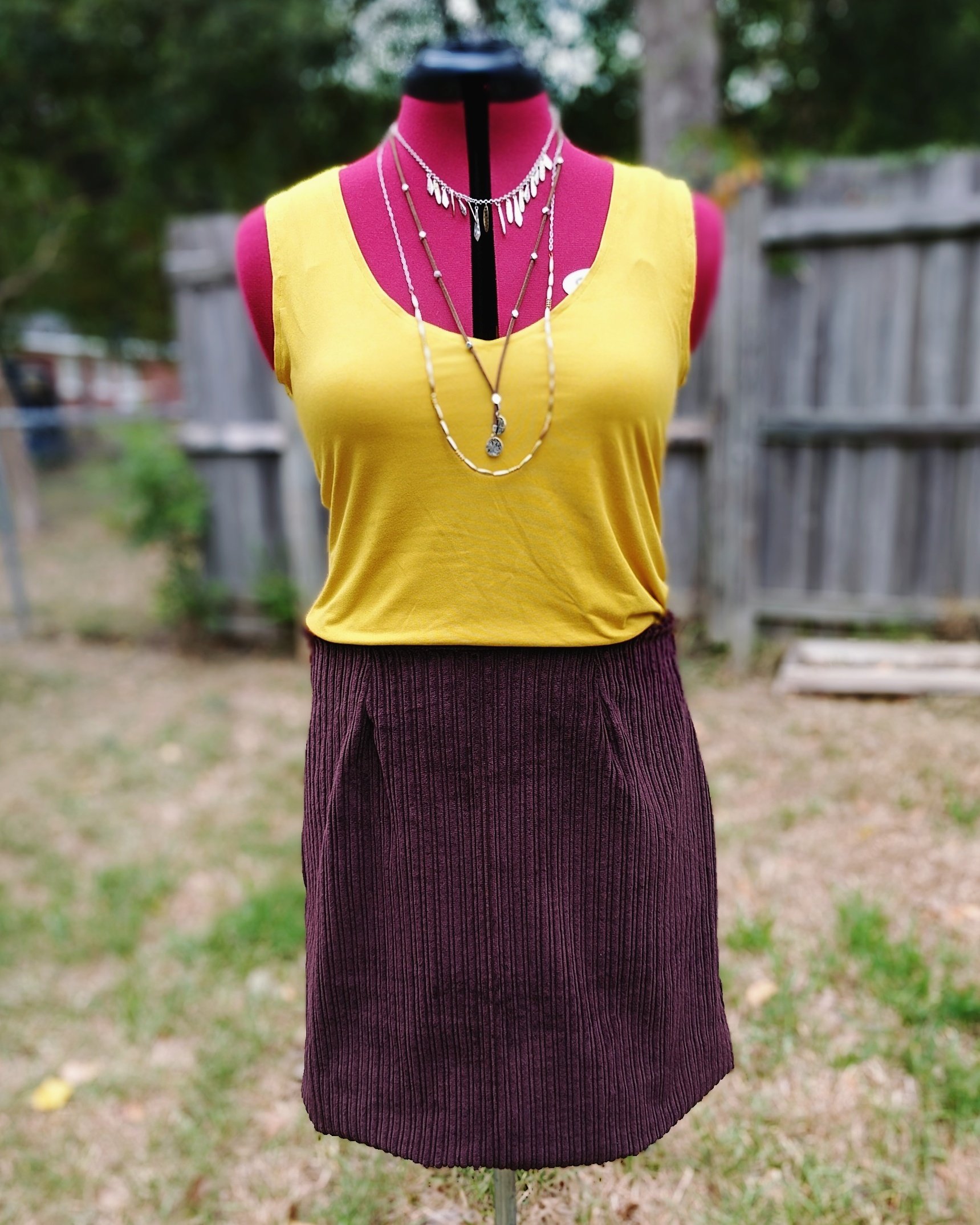
Pattern Review of Style Arc’s Diana Top
Description: Attractive neckline slightly fitted top
(You should know here that Style Arc Patterns are known for their brevity. That includes construction instructions.)
Pattern Pieces: I purchased the PDF format. The download was simple and the pattern taped together easily. I recommend that you print page 3 of the PDF first. This page has a square to measure to make sure your pattern is printing at the appropriate size. Make sure you printer is not set to “Scale to Fit”.
Fabric: The pattern suggests stretch jersey or knit singlet. I used a Double Brushed Poly from So Sew English. The fabric is super soft, a bit clingy, and a little bit warm.
Sizing: Style Arc sells their designs in single sizes. When you order, you get the size you ordered, plus the sizes on either size of that. Per their sizing chart, I always order a size 10. I also received sizes 8 and 12 in my downloads. I cut a size 10 in this pattern. The only change I made was to lengthen the pattern by 4 inches for a longer tank.
Construction: Again, I will point out that Style Arc has very brief construction instructions. In fact, they only list 8 steps for this garment. For that reason, I wouldn’t recommend this pattern to a very new sewist. But, it still was a simple sew.

This piece can be put together with a serger or a sewing machine. I used my sewing machine with a stretch needle and a stretch stitch. It’s a simple tank, so it’s just stitching the sides and shoulders together, and them hemming the neckline, armholes, and bottom.
Just a note, the pattern instructions tell you to “Fold under the neckline hem”. I had to pull out the hem gauge and measure the pattern edge to the fold line to see exactly how deep that hem should be. Not anything difficult, just one of those things that might not occur to a brand new sewist.
I enjoy Style Arc patterns because they fit me! The are designed for rectangles like myself. I’m finding lots of newer independent designers are drafting for pear or hourglass shapes and that’s just not my body shape.
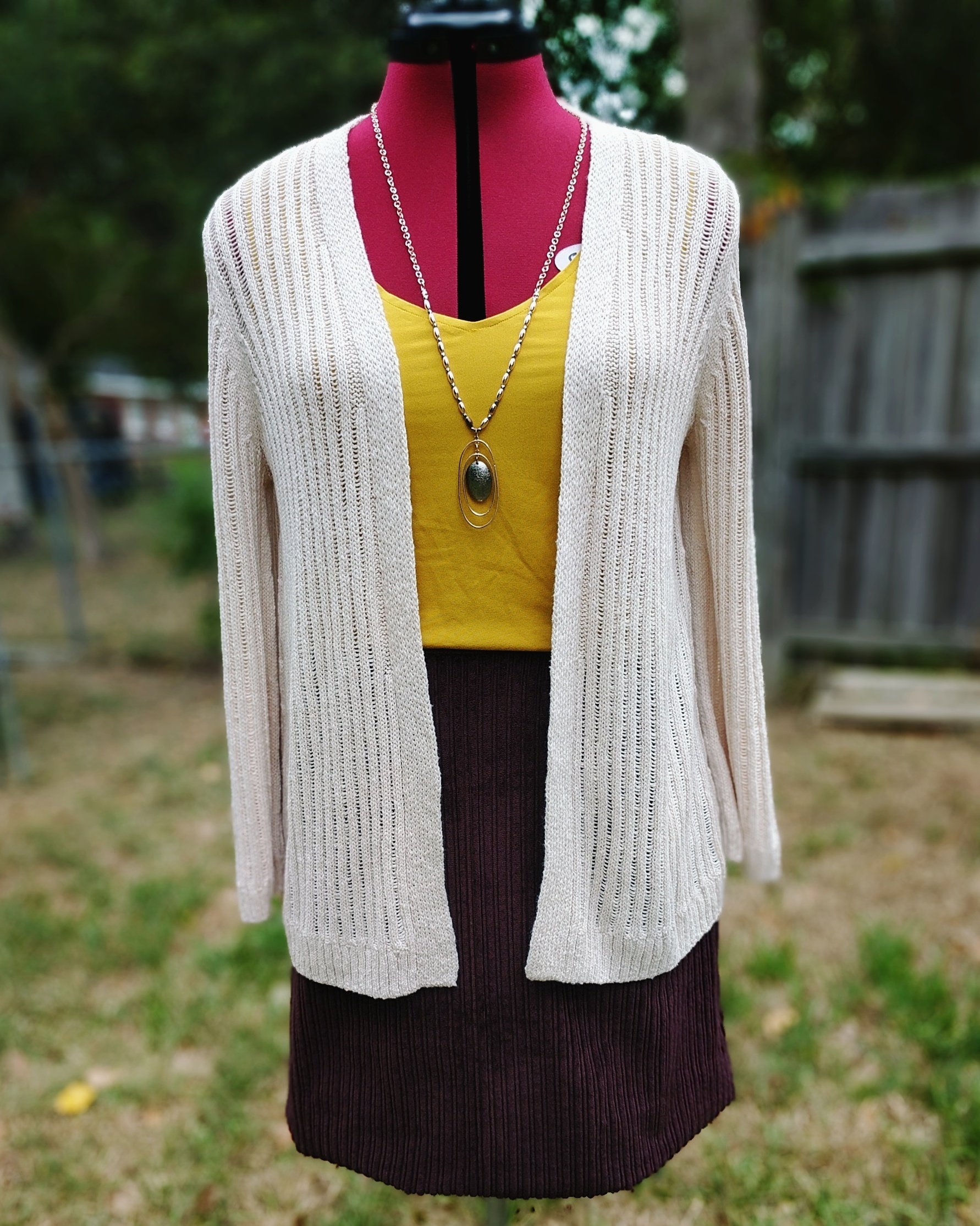
Would I recommend this pattern?
Absolutely, to anyone with a bit of experience. Again, it’s not a difficult sew, but the instructions are sparse. I’ve stitched up 5 different Style Arc patterns and I’ve been pleased with them all.
Would I recommend this fabric?
Well, maybe. Personally, I don’t love double brushed poly. Yes, it is super soft, but it can be clingy and hot. It can also be challenging to sew with, but a walking foot, a stretch stitch, and, most importantly to me, a stretch (not jersey or elastic) needle, the task is much simpler.
I would also highly recommend the fabric shop So Sew English. I found them on Facebook were they post bundles and updates very regularly. Shopping was quick and the fabrics I’ve ordered have been exactly what I was looking for.

